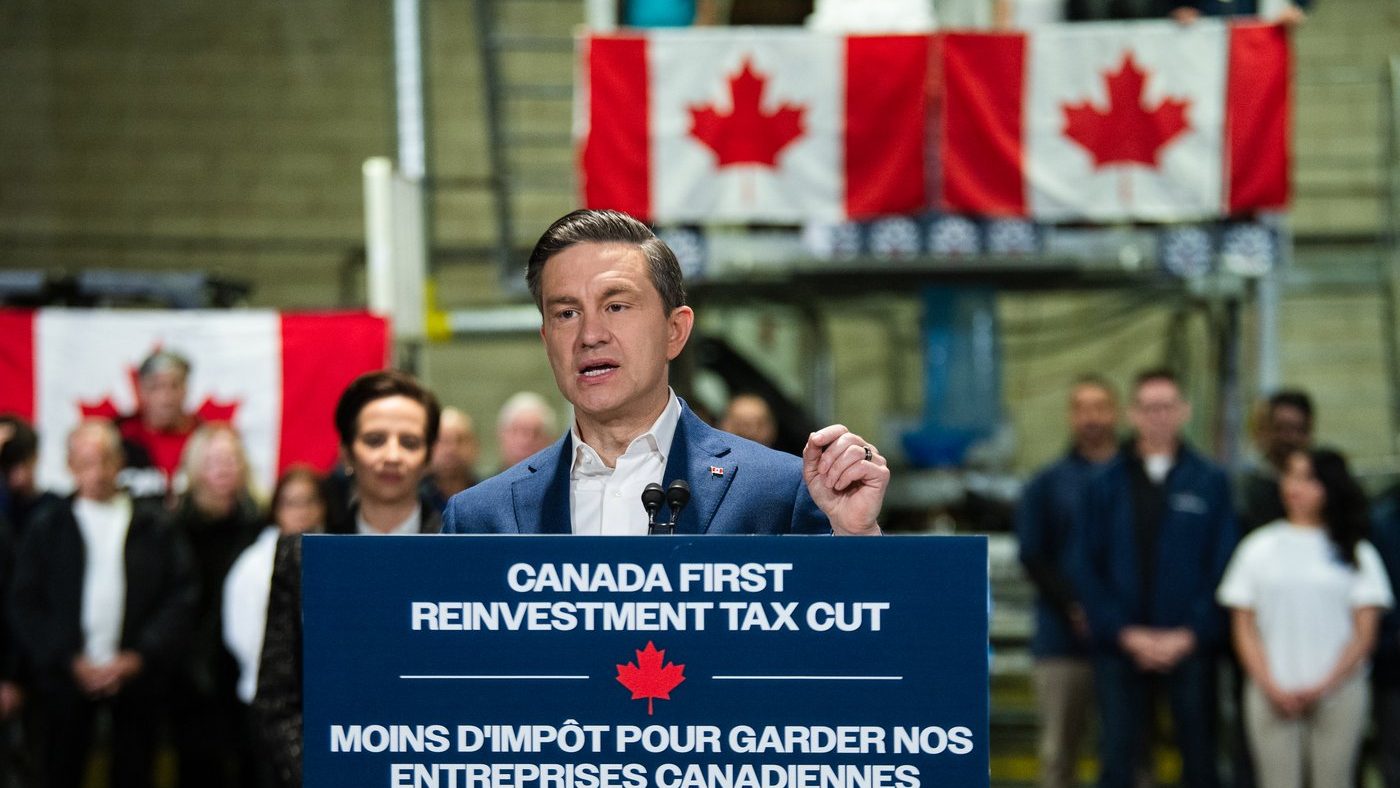With less than 24 hours to go until “Liberation Day,” Canadian businesses still don’t know exactly what’s coming — but no one’s expecting anything good.
U.S. President Donald Trump has vowed to impose “reciprocal tariffs” on a wide range of countries Wednesday. It’s also the day across-the-board 25 per cent tariffs on all imports from Canada and Mexico are scheduled to go into effect, further inflaming a trade war sparked by Trump.
“We’re still waiting to see the details. Everybody is,” said Matthew Holmes, public policy head of the Canadian Chamber of Commerce.
Late Monday, the office of the U.S. Trade Representative published a 400-page report looking at the U.S.‘s various trade relationships, airing country-by-country tariff and non-tariff barriers. Canada didn’t escape, with the report citing the digital sales tax, Canada’s supply management system for dairy, provincial liquor boards such as the LCBO, and even ministerial exemptions required for the import of certain bulk container sizes of produce. It also took aim at Quebec’s Bill 96 labelling laws, and the requirement of cable and satellite TV packages to require at least 50 per cent Canadian content.
Even Canada’s official “Zero Waste Agenda,” which aims to eliminate single-use plastics, came in for criticism.
“Canada’s proposed reductions in food packaging and packaging compostability requirements could compromise food safety, increase food loss and waste, and restrict U.S. agricultural exports,” said the USTR’s National Trade Estimate Report on Foreign Trade Barriers, as it’s formally known.
On March 7, Trump said he’d impose a 250 per cent tariff on Canadian dairy imports, and 250 per cent on lumber. Two days later, he said he’d hold off on those sectors until April 2.
Despite the wide and specific range of grievances in the USTR’s report, it’s still unclear exactly what Trump has in mind for Wednesday, said Holmes.
“We’ve seen since inauguration day. Sometimes information comes out and it’s correct, sometimes it’s incorrect. Sometimes they change their minds and double down,” said Holmes.
Still, Holmes said, the wide-ranging list of grievances make clear something ugly is coming.
“We should not kid ourselves that this is going away,” said Holmes, adding that Trump’s “Liberation Day” seems to fit with the president’s penchant for showmanship.
“It has a name, a backdrop, a bunch of pomp and circumstance. I guess we’ll see tomorrow what the emperor is actually wearing,” said Holmes.
While U.S. Treasury Secretary Scott Bessent has suggested in interviews that Trump could reduce the 25 per cent across the board tariff to 15 per cent, Trump has often reportedly left even his own officials scrambling to keep up with his policy changes and announcements.
Trump has repeatedly railed at trading partners “taking advantage” of the U.S., and has vowed to repatriate jobs, particularly in the manufacturing sector.
He has saved some of his harshest words for Canada, saying it’s “a very nasty negotiator.” He has also said that the U.S. “doesn’t need anything they have,” even though his country imports almost $600 billion a year from Canada.
On March 12, Trump imposed 25 per cent tariffs on all steel and aluminum imports. March 26, he signed an executive order imposing a 25 per cent tariff on all cars and light trucks imported to the U.S., beginning at 12:01 a.m. Thursday.
There’s a partial exemption for cars made with U.S. parts but given how highly integrated the automotive supply chain is across the continent, it’s still not exactly clear how the exemption would work.
Automotive industry executives, analysts and union leaders have said the entire sector across North America could shut down within a week once tariffs start being charged.
More to come.



